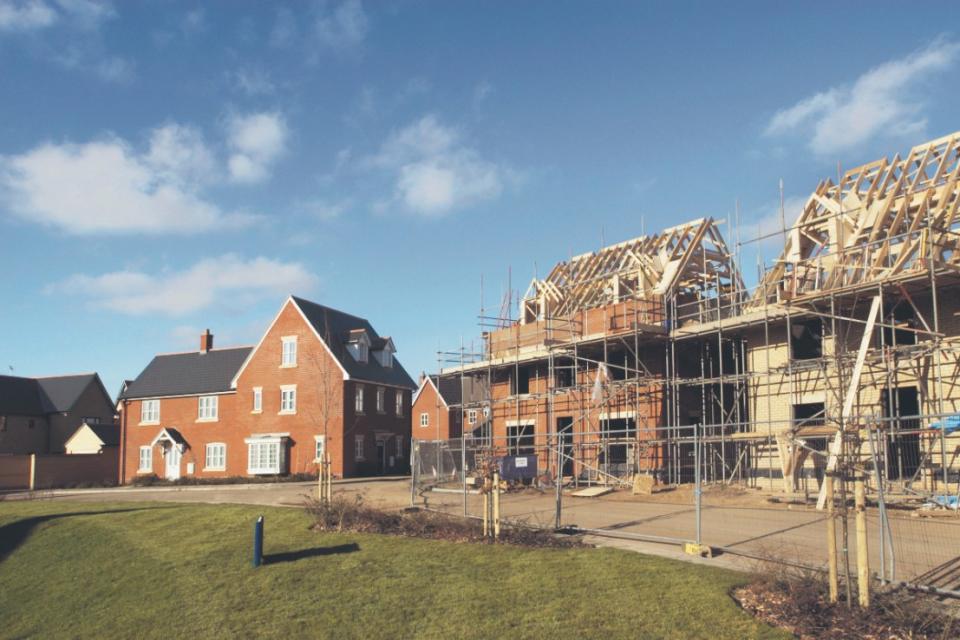Fall in housebuilding contributes to easing construction activity

The construction sector remained in expansion in June, a closely watched survey shows, although the rate of growth eased due to a slowdown in housebuilding.
S&P’s purchasing managers’ index (PMI) for the construction sector fell to 52.2 in June, remaining above the 50 no-change mark but below the 54.7 registered in May. PMIs measure activity in the private sector.
“The latest reading signalled a sustained improvement in overall construction activity in the UK, albeit with the pace of growth softening from the previous month,” the survey said.
Commercial activity continued to drive the expansion in June, although it weakened from May’s two-year high. A slower increase in civil engineering activity was also recorded, with output up modestly.
Housebuilding meanwhile fell “solidly” after last month’s increase, which had been the first expansion in 19 months. The sector has been hammered by higher interest rates, which has depressed the housing market and slowed rates of construction.
Matthew Pointon, senior commercial real estate economist at Capital Economics, said the recovery in housebuilding will be “gradual”, but pointed to tailwinds over the months ahead.
“A fall in mortgage rates next year will bolster housing demand and support construction, with the prospect of planning reform by a new government also an upside risk,” he said.
Firms reported growth in new business, although the rate of growth was only modest. Some respondents noted that the general election had contributed to a slowdown in new work inflows.
Andrew Harker, economics director at S&P Global Market Intelligence, said: “While there were signs of a slowdown in the latest survey period, most notably around housing activity, firms indicated that a slowdown in new order growth was in part related to election uncertainty.”
“We may therefore see trends improve once the election period comes to an end,” Harker added.
Despite the slight slowdown, construction firms also took on more workers for the second month running. This likely reflects high levels of confidence in the sector for the year ahead.
More than half of survey respondents expect activity to pick up over the remainder of the year, partly due to the hope that interest rates will soon be reduced.
The survey showed signs that cost pressures were rising, albeit “only slightly”. Harker said there was “little sign” of cost pressures picking up, noting that supply chains were in a good condition.

 Yahoo Finance
Yahoo Finance 